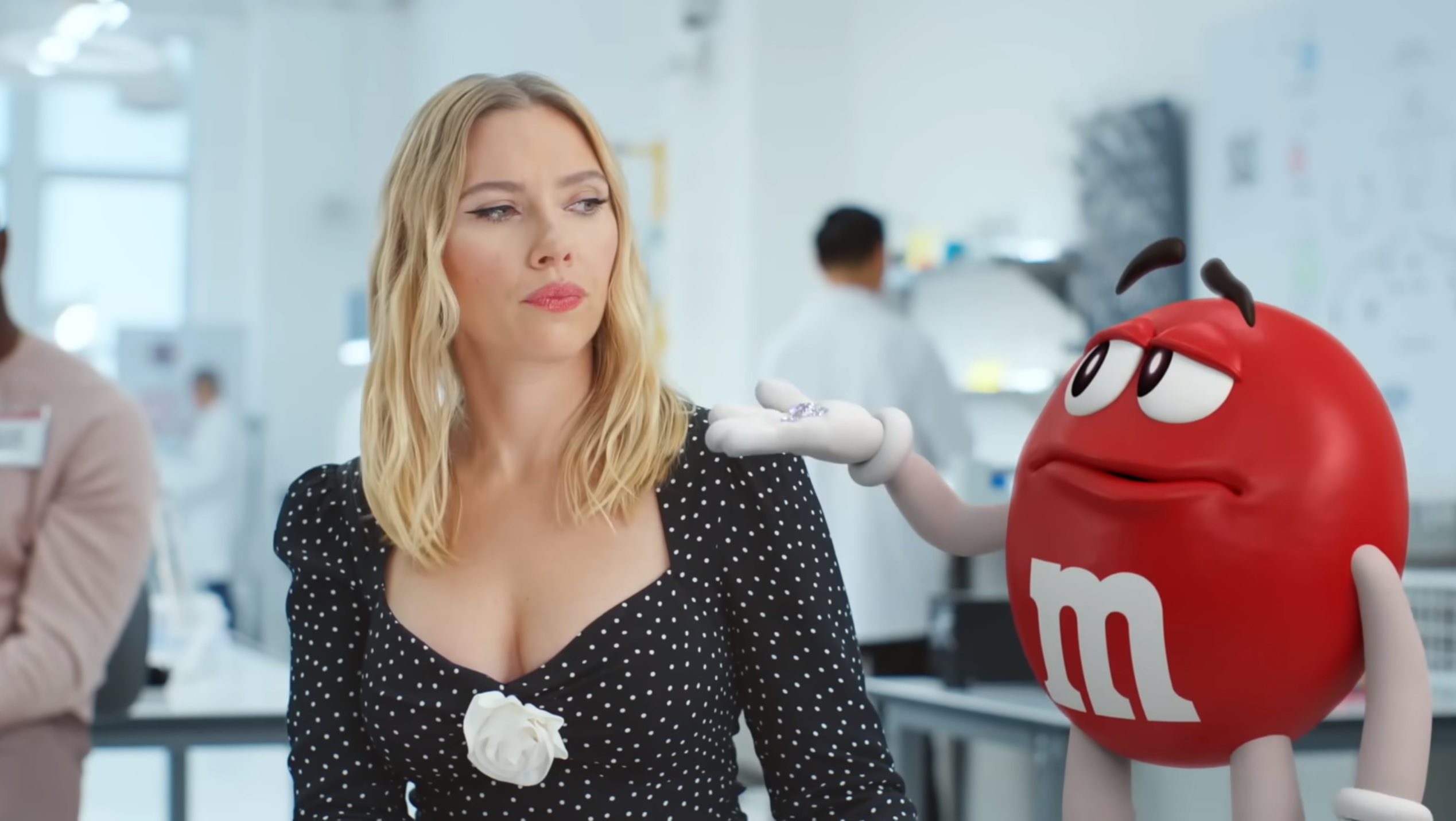 Given the investment into the media buy (approximately $7m for a 30 second spot) and the creative license available, it seemed a shame that the majority of Super Bowl ads ended up with the extremely similar mix of celebrity and spoof comedy.
Given the investment into the media buy (approximately $7m for a 30 second spot) and the creative license available, it seemed a shame that the majority of Super Bowl ads ended up with the extremely similar mix of celebrity and spoof comedy.
In fact, according to research firm Daivid, 66 per cent of Super Bowl LVIII ads were based on humour, and yet only 7 out of the 70 ads which ran actually made a test audience of 5,000 Americans laugh out loud.
Based on data compiled by System1, a US-based advertising response acquisition firm, 30 per cent of advertisers scored only 1* (out of 5*) in their long-term effectiveness rating, nearly double of last year’s figure for the same metric.

There was a distinct flooding of uninspiring celebrity-comedic ads which seems to have become a growing trend over the past few years. I can’t say I’m particularly impressed with the creative innovation of paying a (music/film/sports) star a few million dollars, putting them in an unusual setting (delivery driver/supermarket worker/rideshare driver), and plant them with a punchline at the end of the ad which vaguely relates back to their fame.
All mixed in with some product placement, a few regular civilians, and even an auxiliary has-been celebrity for good measure. Take Tina Fey and Glenn Close combining for the Booking.com spot for example, or Tony Romo and Mr T “pitying the fool” who doesn’t wear Skechers.
New audience
With the whirlwind that was the Taylor Swift effect – a global tour, 4 Grammys and dating the Super Bowl winning NFL All-Star tight end Travis Kelce makes for a great pre-game recipe – there was much anticipation that advertisers would use the stage to appeal to the rapidly increasing young female audience tuning in.
But it appears that boat was missed too, with the majority of brands flocking to celebrity-humour to churn out their messages.
In terms of advertiser segmentation, there was a marked return to the traditional categories seen in the past. After the deluge of crypto and trading platform ads in 2022, it was business-as-usual thanks to the chips, beverages, home delivery, automotive and confectionery brands.
![]()
Nevertheless, despite the lack of overall creative innovation, there were a few highlights worth noting:
- Google Pixel’s ad showing how their consumer tech has helped a visually impaired person to connect with their friends and family, and retain the ability to take photos thanks to Google’s AI technology
- The Dunkin’ Donuts spot which gorged itself in the celebrity x slapstick comedy formula, ending up with Super Bowl legend Tom Brady, Ben Affleck, Jennifer Lopez and Matt Damon in a recording studio decked out in on-brand orange jumpsuits
- Jennifer Aniston and David Schwimmer donning their Friends personas for a brief exchange which shows Ross still chasing Rachel in this Uber Eats ad. Probably a much-needed dose of nostalgia for Friends fans who have had an emotional year
- The M&Ms ad, this time with another retired NFL superstar, Dan Marino (known for legendary status with the Miami Dolphins and of course his cameo in Ace Ventura: Pet Detective), and Scarlett Johansson celebrating the ‘almost winners’. A nice reminder to the circa 120m+ viewers that we can’t all be Travis Kelce or Taylor Swift
- The Oreos ‘twist on it’ trendsetting ad which might end up being the brand with the highest long-term effectiveness from this year’s Super Bowl. The concept here was seeing which side of the cookie the cream would be on once split apart, in a ‘heads you win, tails you lose’ scenario in order to change historic events – the highlight being a Kris Kardashian decision on whether to start a reality TV show

All in all, the ad line-up was entertaining if not inspiring. The ads are a fun watch and I must admit that if the test group of 5,000 Americans only laughed at 10 per cent of the ads, it may be time to show them to a different test group!
Worth a watch for entertainment value, and also to see how, in this case, advertising follows culture and has clearly they can’t beat celebrity value and hence would rather indulge in it instead.
By Manoj Khimji, Managing Director, The TechVantage and The MediaVantage









